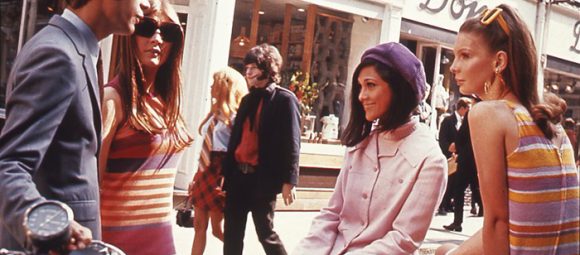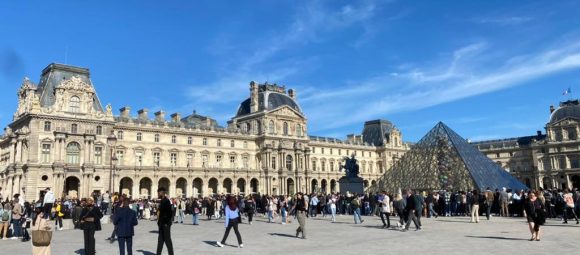Picasso Returns to London: Two Visions, One Legacy
London has turned blue — and rose — again.
Two major exhibitions, opening almost simultaneously this autumn, invite visitors to rediscover the many faces of Pablo Picasso. One unfolds within the luminous rooms of the Halcyon Gallery on New Bond Street; the other occupies the monumental halls of Tate Modern.
Each tells a different story, yet both together reveal why Picasso remains the most powerful name in 20th-century art — and why, half a century after his death, he still feels modern.
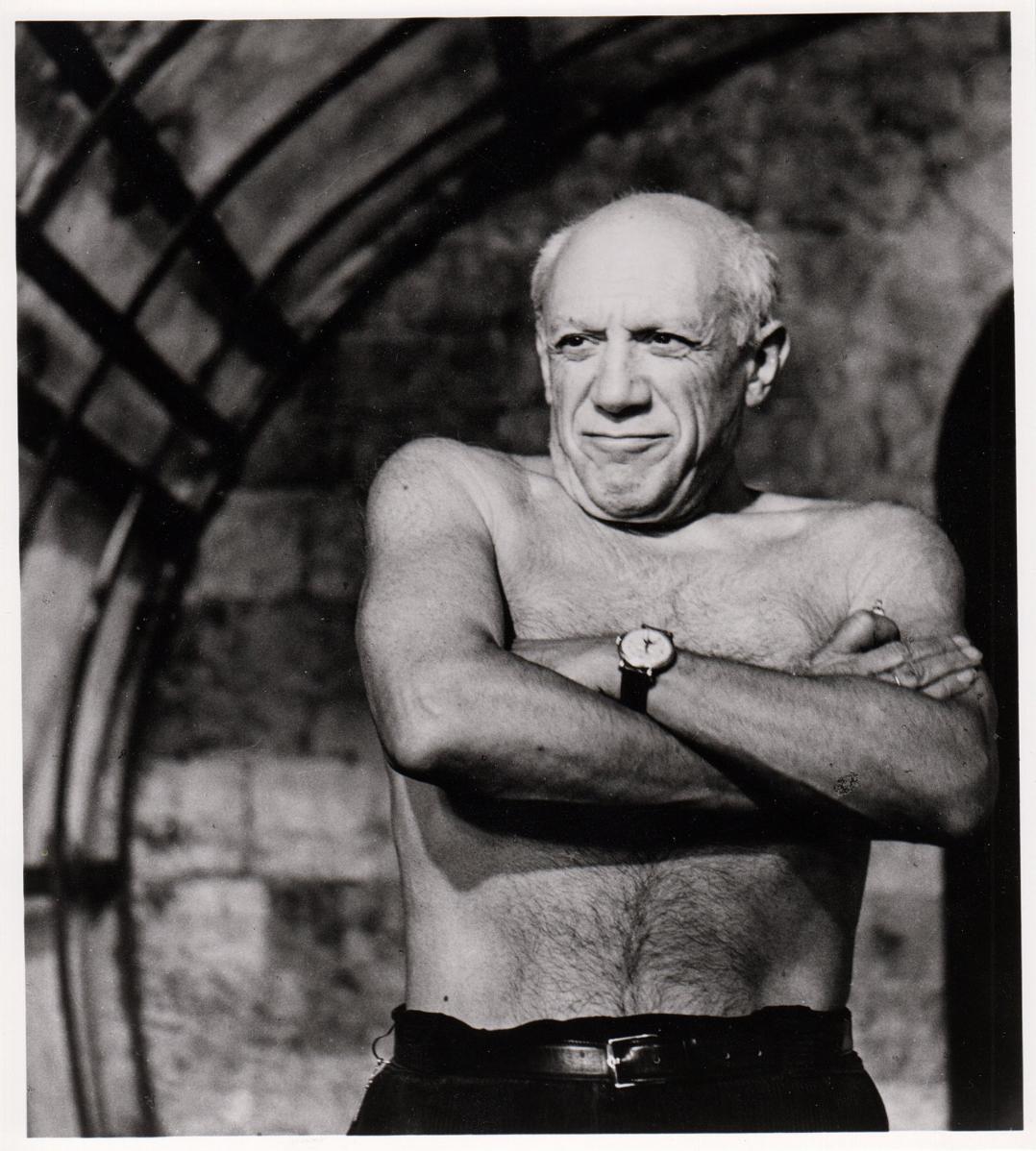
Halcyon Gallery: “Picasso: A Legacy”
Opened on 16 October 2025 at the Halcyon Gallery, Picasso: A Legacy gathers more than 130 original artworks spanning the artist’s final four decades — drawings, ceramics, etchings and linocuts from his late, exuberant years.
It’s an intimate journey into Picasso’s private vocabulary: bulls and birds, lovers and minotaurs, the Mediterranean sun and the laughter of his children.
Here we meet a Picasso liberated from the weight of history — playful, spontaneous, still capable of reinventing form with the energy of a young man.
The exhibition runs until 4 January 2026, offering a rare chance to see works that capture the artist’s sense of freedom, humor, and unbroken curiosity.
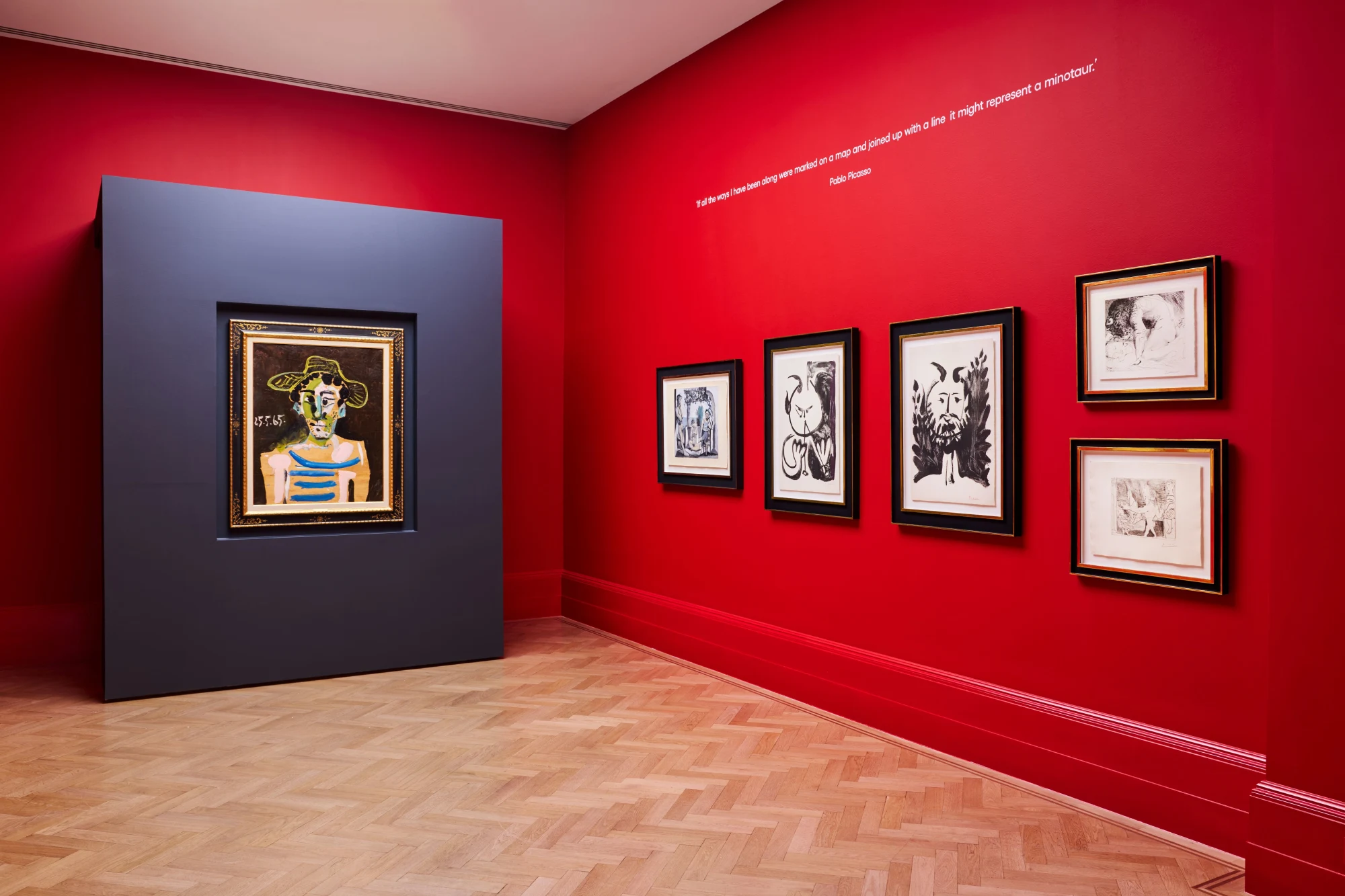
Tate Modern: “Theatre Picasso”
Across the Thames, at Tate Modern, another perspective unfolds. Theatre Picasso, open since 17 September 2025 and running until 12 April 2026, explores the artist’s lifelong fascination with performance — from his collaborations with the Ballets Russes to his designs for theatre, dance and costume.
The curators reconstruct Picasso as a stage director of modernity: a man who turned every canvas into a scene, every portrait into a drama.
Set designs, paintings, and sculptures converse with archival photographs and film footage, revealing how deeply the language of theatre shaped his art.
If Halcyon’s show is an intimate portrait, Tate’s is a grand production — a spectacle of ideas, movements, and masks.
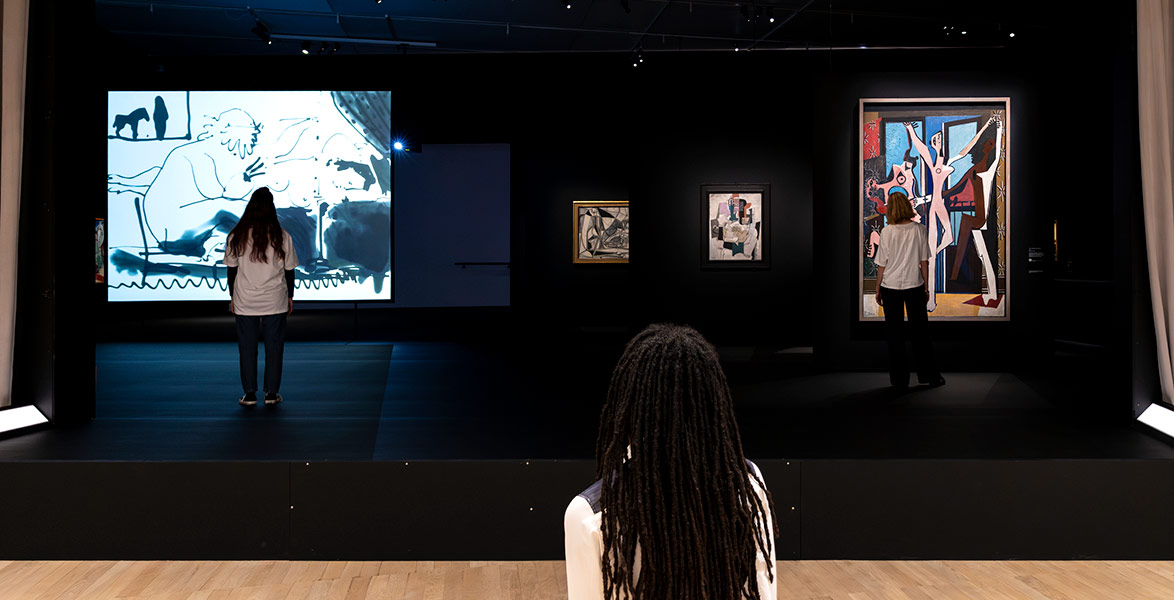
Larina Fernandes Photo © Tate
Are Two Exhibitions Necessary?
Absolutely — because there is no single Picasso.
The Halcyon exhibition celebrates the artist’s creative longevity and personal poetry; Tate Modern examines his theatricality and public persona.
One invites contemplation; the other provokes reflection. Together they form a dialogue — between the private man who worked quietly in his studio and the cultural giant who performed his genius before the world.
For Londoners and travelers alike, this twin celebration is more than coincidence — it is a curatorial conversation across the city. London becomes, for a few months, the stage on which Picasso’s myth continues to evolve.
Why Did Picasso Become a World Brand?
Picasso was not merely an artist — he was a phenomenon.
He transformed the act of creation into an act of communication, and himself into a universal language.
A master of reinvention, he could be tragic or humorous, abstract or classical, Spanish or cosmopolitan.
His Guernica became a symbol of conscience; his Dove of Peace a global emblem. His signature — bold, almost childlike — became as recognizable as any logo.
More than anyone else, Picasso understood that art in the modern world is not confined to galleries; it lives on posters, plates, fabrics, and in the collective imagination. He turned creativity into continuity — an art that never stops evolving.
Why It’s Worth Seeing Both
To see Picasso once is to see a fragment.
To see him twice — in these two very different London shows — is to glimpse the full spectrum of his genius.
Halcyon Gallery reveals the man behind the myth; Tate Modern reminds us why the myth exists at all.
As the year draws to a close, London offers a double invitation: to stand before the work of a man who changed art forever — and to remember that, in every line and colour, Picasso is still alive.
Exhibitions
— Picasso: A Legacy, Halcyon Gallery, New Bond Street – until 4 January 2026
— Theatre Picasso, Tate Modern – until 12 April 2026

